7. The Films of UPA
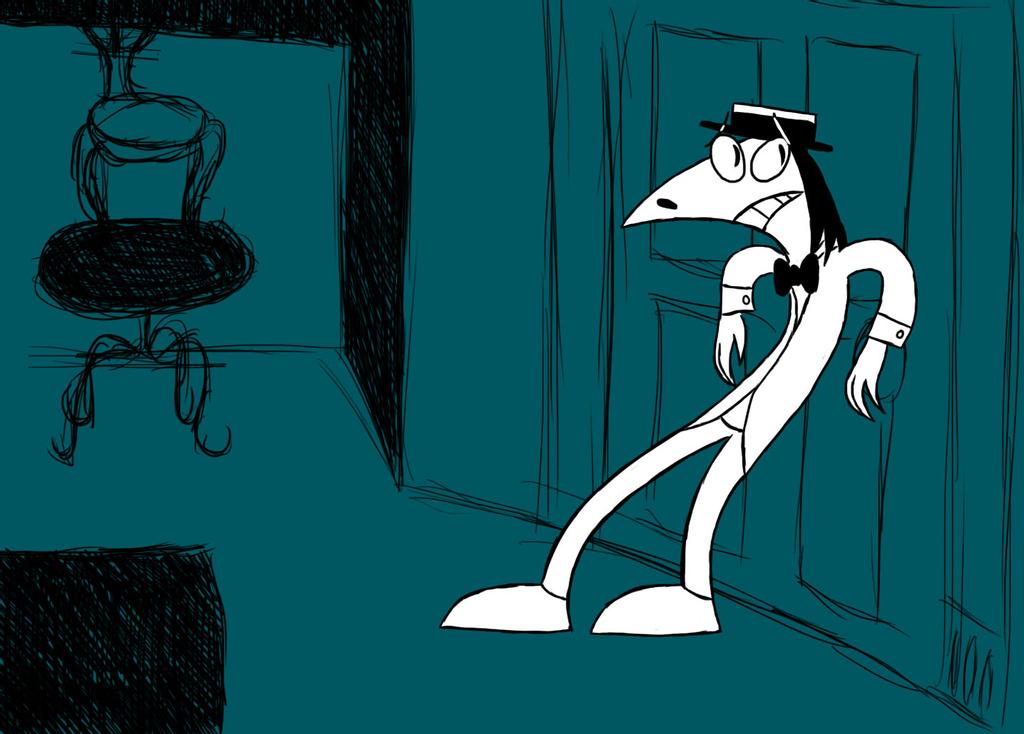
The shorts by the United Productions of America group are best described as Johnny Tilletson’s classic doo-wop song goes, “Poetry in Motion.” UPA is the Jazz of animation, their short films brimming with comic life and spontaneity, poppy, enjoyable to all, but also highly experimental. Their shorts have been described as “Jolly Frolics.” Many are poetic short stories starring comical characters that get themselves into musical over-the-top situations bound to make you bust a gut.
“UPA” innovated many great leaps in the cartoon medium, including the technique of “limited animation,” reusing parts of frames instead of entirely redrawing them. Some of their best include “Rooty Toot Toot,” “The Invisible Mustache of Raoul Dufy,” “Gerald McBoing-Boing,” “The Magic Fluke,” and “The Unicorn in the Garden.”
6. Song of the Sea
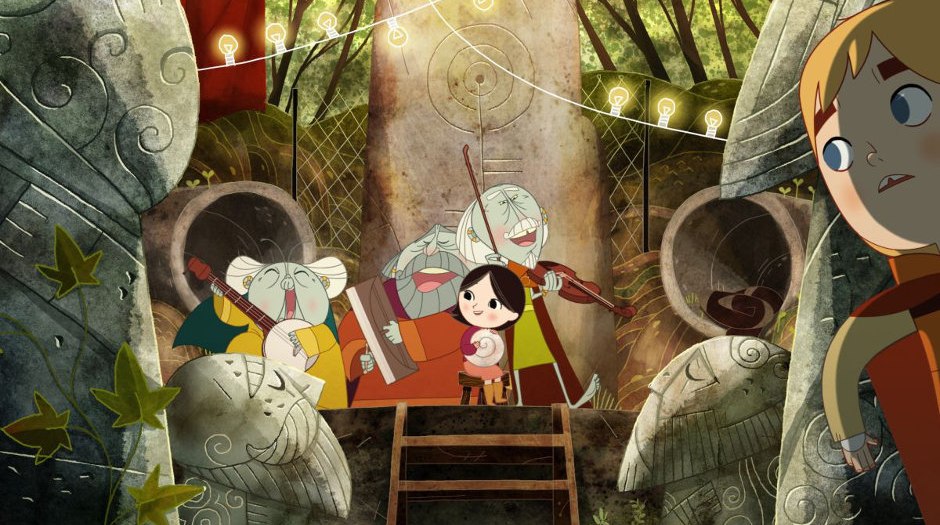
An Irish family is broken after a mother’s death at childbirth. All they have left to cling on to her is the myths and legends she once told them. Ben, a young Irish boy, finds out his mute sister, Saoirse is a selkie, a faerie creature that can turn into a seal. They run away from their grandmother’s house and find themselves on a quest to save the faerie world of their mother’s tales against the ominous enemy, Macha. The clock is ticking though, because Saoirse becomes weaker as their journey goes on.
Another gift from Tomm Moore and Cartoon Saloon, “Song of the Sea” is Cartoon Saloon’s most stunning film visually; every shot of this movie is absolutely breathtaking, filled with intricate visual texture. “Song of the Sea” follows a traditional hero’s journey infused with Celtic folklore, and although this type of narrative has been done before, it hasn’t been executed quite this way. Ben and Saoirse’s journey is pretty slow, so we get to take in the beautiful Irish folk tales, scenery, and nuances that develop between the siblings. The actual “Song of the Sea” is an ethereal piece of music, and the film’s most glorious moment.
As with Cartoon Saloon’s other film, “The Secret of Kells,” the faerie world, while a fun and literal story element, also acts as a metaphor for the real world problems of our characters: loss, love and healing.
5. Chronopolis
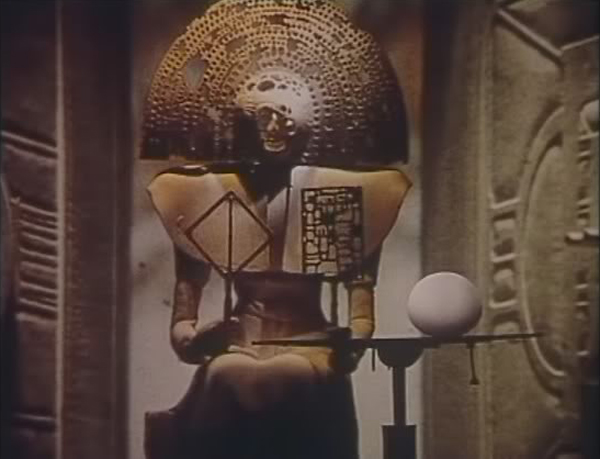
Polish French animator Piotr Kamler is an unsung master of animation, and Chronopolis is his only feature. It’s a shame he’s faded to such obscurity. An abstract merge of Fritz Lang, Jean Cocteau, and Cecil B. Demile, the stop-motion “Chronopolis” tells a subtle story about humans who are journeying to a city where God-like beings reside. These immortal beings enjoy spending their time creating atoms, and messing around with the foundations of space and time. One of the humans falls in love with an atom, and his love affair with the atomic ball somehow crumbles the Gods.
Hypnotic and aided by an electronic score that sounds like a dial-up phone gone crazy, “Chronopolis” is science-fiction at its finest, a completely alien experience to behold, entrancing from start to finish.
4. MirrorMask
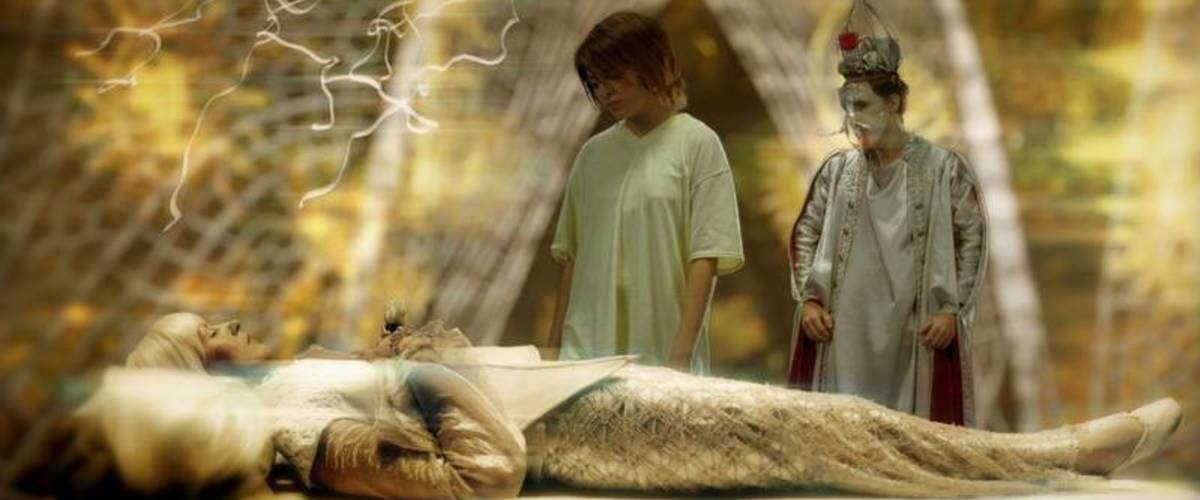
Directed by the amazing multimedia artist Dave Mckean, and written by “Coraline” genius Neil Gaiman, “MirrorMask” is a fantastical animated, motion capture, and live-action hybrid that tells the story of the fifteen year old art-loving Helena Campbell. As her real world falls apart, she finds herself in a fantasy land of two enemy kingdoms she must save by finding the Mirror Mask. There she encounters many surreal creatures, with griffins, sphinxes, bug people, and monkey-birds. The stand-out scene in the film is a charming, yet haunting scene of dancing, robotic mannequins singing a “Close to You” cover to Helena, as they attempt mold her identity into darkness.
“MirrorMask” is an underrated audiovisual masterpiece that deserves more attention (at least a cult following) Dave Mckean hired art-school graduates unfamiliar with all the rules of the game so they’d be more enthusiastic and open to experimentation, allowing artists to work on individual scenes of the film rather than a specific element, (lighting, rigging, etc.) allowing the crew to make Helena Campbell’s surreal world more of their own.
“MirrorMask” made in the tradition of other Jim Henson Company classics like “Labyrinth” and “The Dark Crystal,” but still carries its own unique voice, beautifully communicating its themes of growing up, loss, and the relationship between fantasy and reality.
3. The Miracle Maker
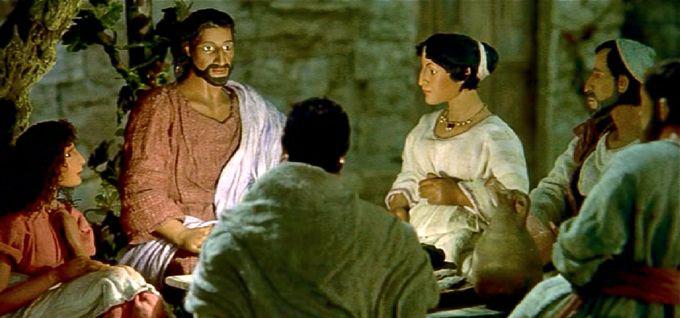
Jesus Christ is a superstar. There’s probably been over 150 movies made about him, so since cinema’s inception we’ve gotten more than one every year. On Easter, many families gather round the fire to watch The Passion of the Christ, a two hour splatter film where Jesus gets pounded into a ketchupy, superhuman pulp.
Although Mel Gibson’s “The Passion” is perhaps Christ’s most critically and commercially successful incarnation, it’s not the best. “The Passion of the Christ” is great because it’s bombastic and horrifying, an explosive symphony of the violent senses, sadistically delectable in each of its drippiest torture scenes! It’s now wonder why “Passion” is so popular, it’s basically the R rated “Endgame” of Christian movies. But because all the violence and blockbuster action, Jesus’s humanity is lost. We don’t see a man who wants to love and heal each person he meets, we see a DC superhero.
But- what if I told you there was a better Jesus flick out there, one that captures Christ’s humanity as well as his divinity? Enter “The Miracle Maker.” The sweetest and best Jesus Christ movie ever made, staying accurate to its source material as well.
“The Miracle Maker” is a claymation retelling of Jesus’s life, told on and off through a little girl, Tamar, the terminally-ill daughter of the priest Jairus. Through her, we see Jesus’s miracles at work. The rest of the film tracks Jesus’s ministry, birth, and death. Ralph Fiennes gives a great performance as Jesus’s voiceover, demonstrating his anger, humor, and compassion. The film is a marvelous blend of stop-motion and 2D animation, beautifully aided by a magnificent score that ends with the divine piece “Pie Jesu.” You’ll definitely feel the Holy Spirit at work in this Christploitation flick.
2. The Secret of Kells
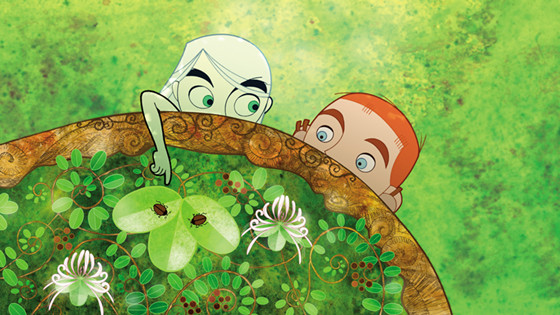
In an Irish forest, the abbot Cellach prepares his forest for an attack by the monstrous Vikings. We follow his nephew Brendan, a young monk who’s more into legends and calligraphy than building the fortress. As the Viking threat looms over him, he stumbles upon a faerie world that in some ways echoes his own. When a master illuminator enters the compound, Brendan secretly acts as his apprentice against his uncle’s wishes; master and apprentice working meticulously to complete the Book of Kells.
Spiritual and meditative, “The Secret of Kells” in animated film like no other, taking advantage of its 2D setting by warping the point of view of the frame to emulate the style of the illuminated manuscripts of the Medieval times. Many frames are framed by literal frames reflecting and foreshadowing elements of the characters and story. Tomm Moore and Cartoon Saloon’s debut is their masterpiece, being one of the most thematically brutal and tonally complex animated movies out there. In a time of war and desperation, does faith and art really matter at all? Or does it matter more? And if so, can the pen truly defeat the sword, and turn darkness into night?
1. Slow Bob in the Lower Dimensions
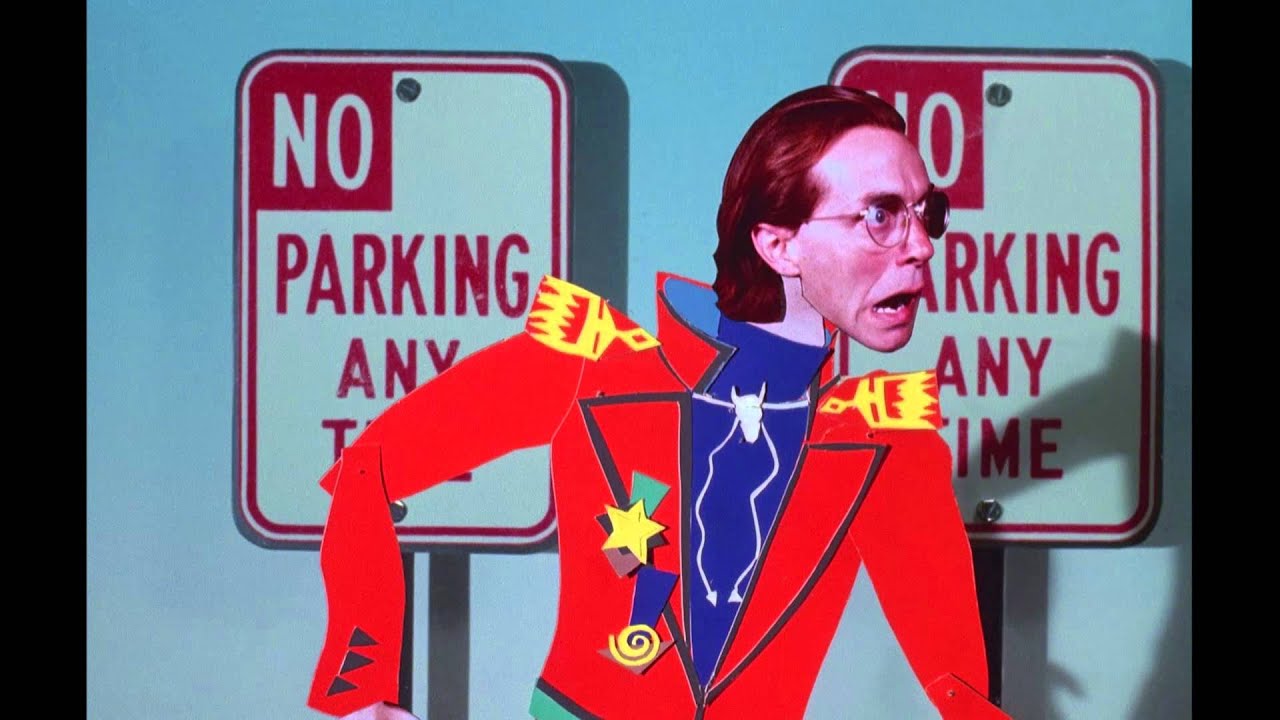
Slow Bob, or Robert Potemkin is a strange, contorted, glasses wearing man who has a problem with his back and gravity, and lives in his parents attic, stuck on the ceiling with his pet lizards. When his mischievous sisters drop in to bully him, he taps into his inner transdimensional superhero and goes on a mission to rescue citizens of a lower dimension.
“Slow Bob in the Lower Dimensions” is an exhilarating 6 minute short by animation master Henry Selick of “Nightmare Before Christmas” and “Coraline” fame. It showcases an amazing jumble of live-action cinematography, stop-motion, and cut-out animation, aided seamlessly by trippy sound design and background music.
Henry Selick’s an unsung auteur in this writer’s opinion, especially outside of animation circles. Most mistake him with Tim Burton, and understandably. Both have collaborated, and like to make stop-motion movies that look weird. Henry Selick did all of “Nightmare’s” directorial and grunt work, but it’s still most certainly Burton’s vision, executed with his trademark visual style and poetry, so “Nightmare” is usually attributed to Burton.
And “Coraline” was marketed as “from the man who gave you The Nightmare Before Christmas” upon its release, but what’s so irritating about the Selick/Burton confusion is both auteurs having a completely different brand of weirdness. Tim Burton’s is a quirky mix of German Expressionism, Hammer Horror, and Dr. Suess, while Selick’s is a mash of Federico Fellini, the National Film Board of Canada, and the surrealist movement. (That’s not to insinuate that either is better than the other. Both are masters in their own right.) “Slow Bob” may very well be Selick at his peak: abstract, blunt, comedic, and unimaginable.
“Slow Bob” was actually a pilot for a proposed MTV animated series, but was never given the proper funding, which is a shame. Think of all the mind-boggling scenarios Bob could’ve gotten himself into! But at least there’s this little tidbit.